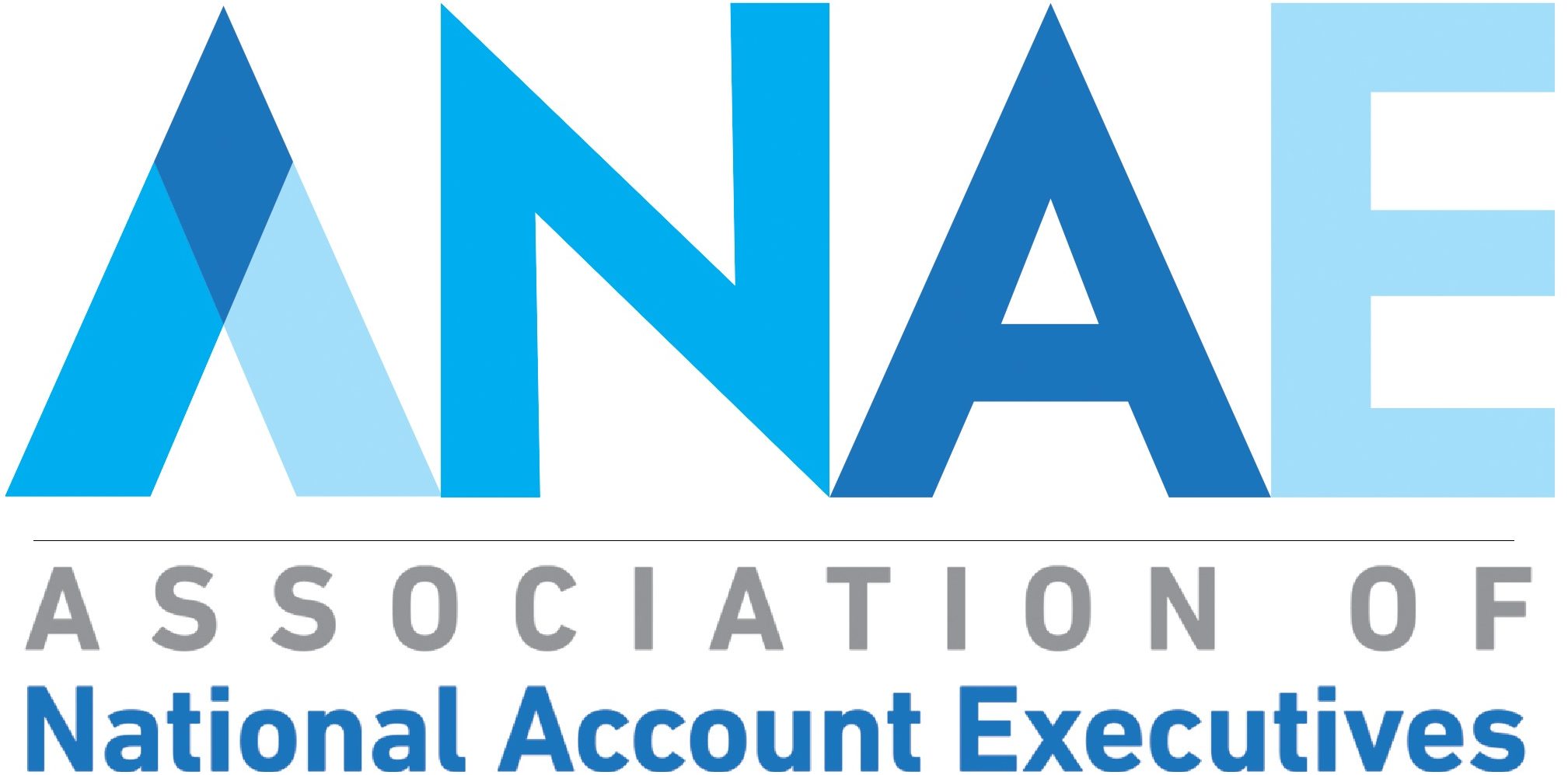“Value” is the new “Cost”
“The reason that the rich were so rich, Vimes reasoned, was because they managed to spend less money. Take boots, for example. He earned thirty-eight dollars a month plus allowances. A really good pair of leather boots cost fifty dollars. But an affordable pair of boots, which were sort of OK for a season or two and then leaked like hell when the cardboard gave out, cost about ten dollars… But the thing was, good boots lasted for years and years. A man who could afford fifty dollars had a pair of boots that’d still be keeping his feet dry in ten years’ time, while the poor man who could only afford cheap boots would have spent a hundred dollars on boots in the same time and would still have wet feet.” – Terry Pratchett, Men at Arms
Key to seizing the vast opportunities that are waiting in the purchased services arena is understanding that “value” is the new “cost.” But what exactly determines the “value” of a given purchased service?
“Quality is the main focus in the boardrooms around the country,” said Bret Bissey SVP of healthcare compliance for MediTract, a provider of healthcare enterprise contract lifecycle management solutions.
Valerie Ramsey, executive director of materials management at Grady Health System, said, “From a supply chain perspective at Grady, we have started to initiate a CQO movement [as the primary focus]. Not just awarding contracts solely on cost but on what our quality outcomes are going to be moving forward.”
Grady isn’t alone.
To find the true value of a given service contract, “we have to look at the total cost,” said Laurie Plummer, senior contract manager for purchased services contracts, BayCare Health System. For instance, she said, “We’re not just looking at the cost to purchase [for example] the HVAC system… We have to look at the whole life cycle of what it is that we’re purchasing.”
Determining the value of a given medical device is no cakewalk, but for many it seems simple relative to the task of determining the value of a given service. For instance, if an imaging device costs a little more than its competition, but can take twice as many pictures and it produces higher quality images, the value of the more-costly device is easier to see.
Not so with purchased services; “Service is intangible,” as Plummer said.
But intangible doesn’t mean impossible. In order to effectively measure how much value a contract provides, Plummer said, “You’ve got to put some bounds around it. That’s just a key element of it…” For providers, this means establishing standards in order to eliminate variability. “[Having a single] standard of care is very important… we want to achieve cost savings for the organization and that’s one of the things that we’re trying to do to get the best value that we possibly can.”
But to measure value, you have to be able to measure quality. And, unfortunately, “It’s very difficult to measure quality,” said Brent Bissey.
Of course, before anyone can measure the quality of their purchased service contracts, they have to know what contracts they have. It is a simple sounding task, but it is far easier said than done. Especially given the fact that “Many [who work in purchased services] are really still pioneers here, just navigating the frontier,” said Mark French, VP of vendor management and environment of care for Ochsner Health System. “There are many more opportunities out there. This is going to be an ongoing and never-ending endeavor.”
- April 11, 2018 - April 19, 2018
- Michael DeLuca from Prodigo Solutions on Healthcare Supply Chain Radio - April 19, 2018
- 10 Keys for Success in National Accounts in 2018! (Free 10-page e-book available for download now!) - April 19, 2018
